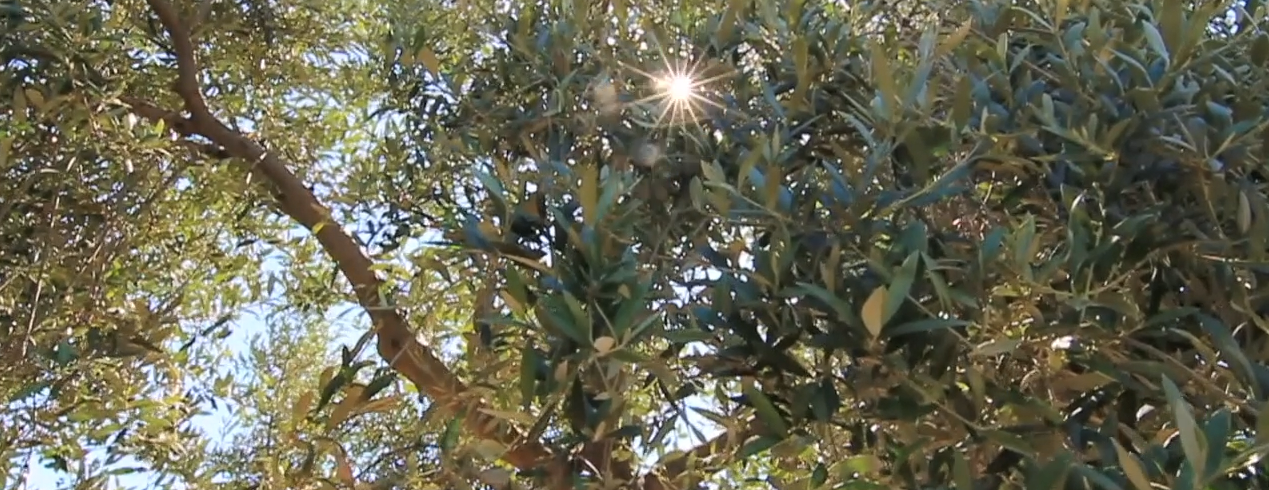The Olive Oil Market in 2023

The market for Olive Oil is currently looking extremely challenging, with constrained supply due to poor weather having a dramatic effect on oil harvests in the Mediterranean producing countries.
According to the KTC Olive Oil Market Report of 16th August 2023:
Olive oil prices have risen sharply over the past few months following concerns that production will now remain very tight through to the end of 2024.
Prices have been rising every week, setting new record highs. Last week, the benchmark wholesale price of extra virgin olive oil reached an all-time high of €8,500 per tonne, around 125% higher than the 2000-2020 average. There is now talk in the market that prices could reach €10,000-€11,000 a tonne.
Supplies are limited through to the harvest and with poor weather conditions in Spain, Greece and other countries, production looks unlikely to rise from last year's poor crop.
The Weather in Spain
Spain is by far the largest producer of olives, historically accounting for 3x the production output of the next highest producing countries, Greece and Italy.
But in the 2022 and 2023 seasons production in Spain has approximately halved versus previous years.
More from the KTC report:
There was initial optimism that production could recover this year after drought resulted in a 56% loss of production in 2022-23 to around 665,000 tonnes.
However, Spain faced an unusually warm spring, just at the start of the flowering stage of developing, when the fruit is set. In Jaen, the main growing area in Andalusia, the temperature in April was 4 degrees higher than normal and temperatures in Cordoba, another key growing area, reached 30 degrees every day for two weeks in April – the earliest-ever recorded heat wave. Since then, the weather hasn’t given the olive trees any respite.

The Outlook
Unfortunately, the outlook looks very bleak, as prices are expected to rise until demand has been curbed sufficiently to match limited stocks.
There seems to be no respite with the next crop, as weather conditions have damaged an expected recovery but there is a possibility that yields could improve ahead of the harvest if we see some needed rains in September and October.
What About Us?
Naturally, price pressure in the olive oil market is a concern for us, but we've taken steps over the past few months to continue our supply of Extra Virgin Olive Oil at a contracted rate, meaning that we're able to preserve our prices for the time being.
Facts & Figures
The EU producers around 67% of the world’s olive oil, based on around 4 million hectares of olive groves. Normally EU countries produce around 2 million tonnes of olive oil and 900,000 tonnes of table olives. However, according to EU commission data, EU production fell 39% in 2022-23 to just 1.385 million tonnes, Italian production fell 27% to 241,000 tonnes, from 329,000, Portugal down 39% to 126,000 (from 206,000) but Greek production rose 47% to 340,000. It’s not just EU production that this falling, last year Moroccan production fell 22% to 156,000 tonnes, Tunisia down 25% to 180,000 but Turkish production rose 17% to 275,000 tonnes and Syria by 27% to 135,000. World olive production looks to remain at critically low levels for the next crop, as adverse weather and forest fires have damaged production, at around 2.5 million tonnes, in line with last years poor crop and down from 3.3 million in 2021-22.


